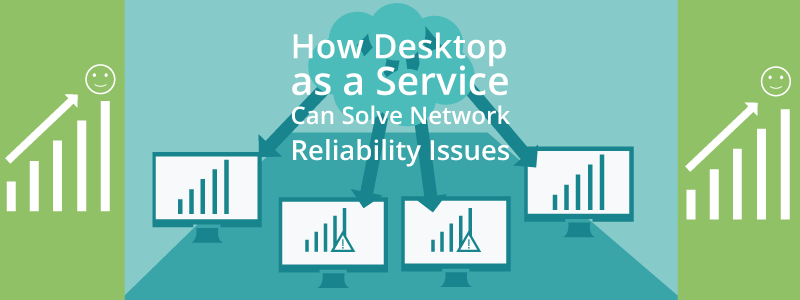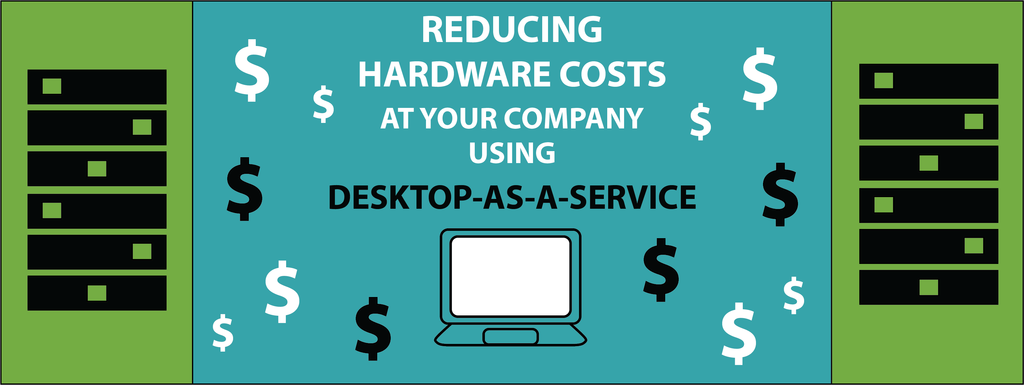Businesses have not seen a major operating system update from Microsoft since Windows 7, until Windows 10 was released. For most businesses, Windows 8 was a major turn off, and something they were not willing to invest in. However, with Windows 10, Microsoft once again has focused on the needs of its enterprise customers.
In this two part blog series, we will review the pros and cons of Microsoft’s latest operating system. In Part I, we will examine the pros and, in Part II, the cons.

Pros
- Better Continuity – There was a major difference between Windows 7 and Windows 8. Windows 10 does well to bridge these gaps and make user experiences more similar between desktop and mobile devices.
- The Action Center – This feature makes it easy to retrieve most notifications, messages, and emails.
- The Start Bar – One of the biggest complaints from businesses about Windows 8 was the lack of a start bar and, in Windows 10, it is back.
- Virtual Desktops and Task View – Windows 10 makes it easy to switch between remote desktop services and group them together using Task View.
One of the main benefits, if you upgrade to Windows 10 in a virtual environment, is you can customize and configure the operating system so it looks the same for every one of your employees. To learn more about customizable virtual desktop, VDI, and Cloud services, please feel free to contact CyberlinkASP today by calling 972-262-5200.







